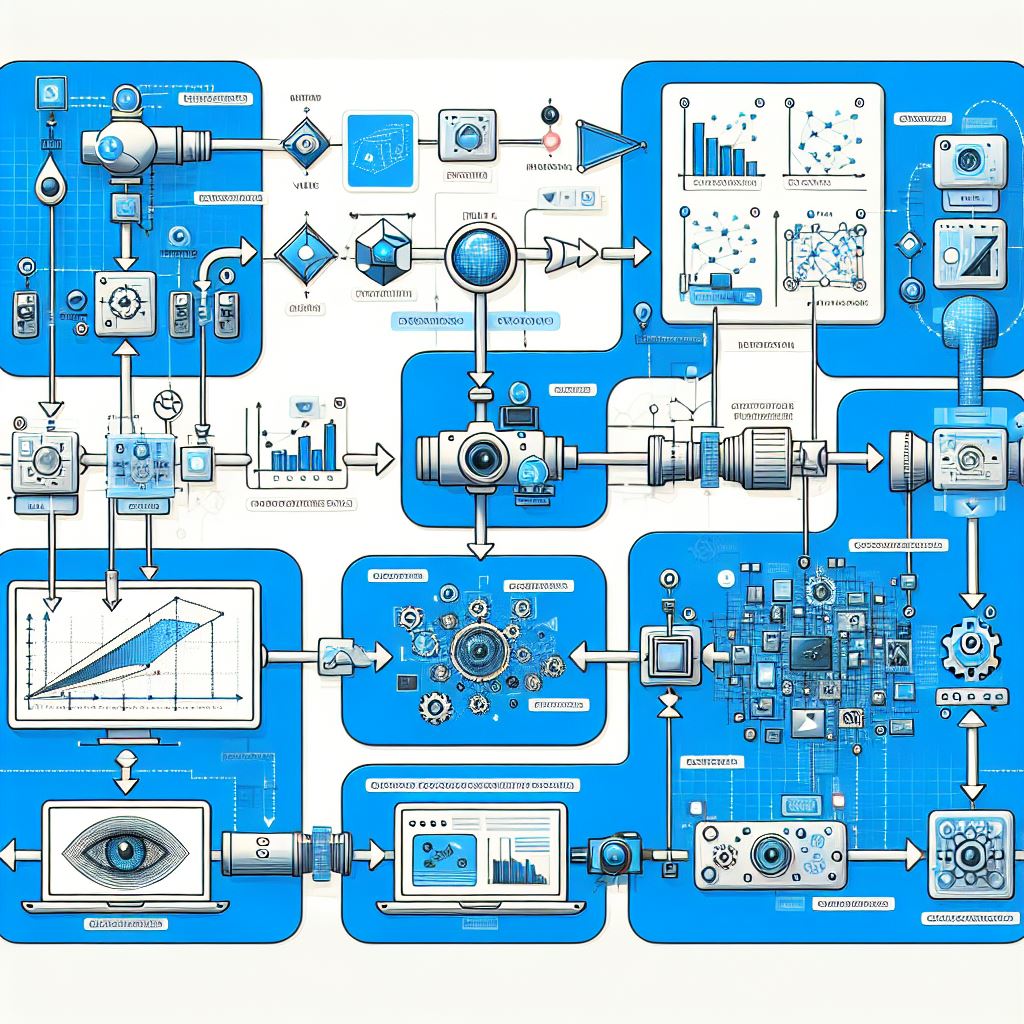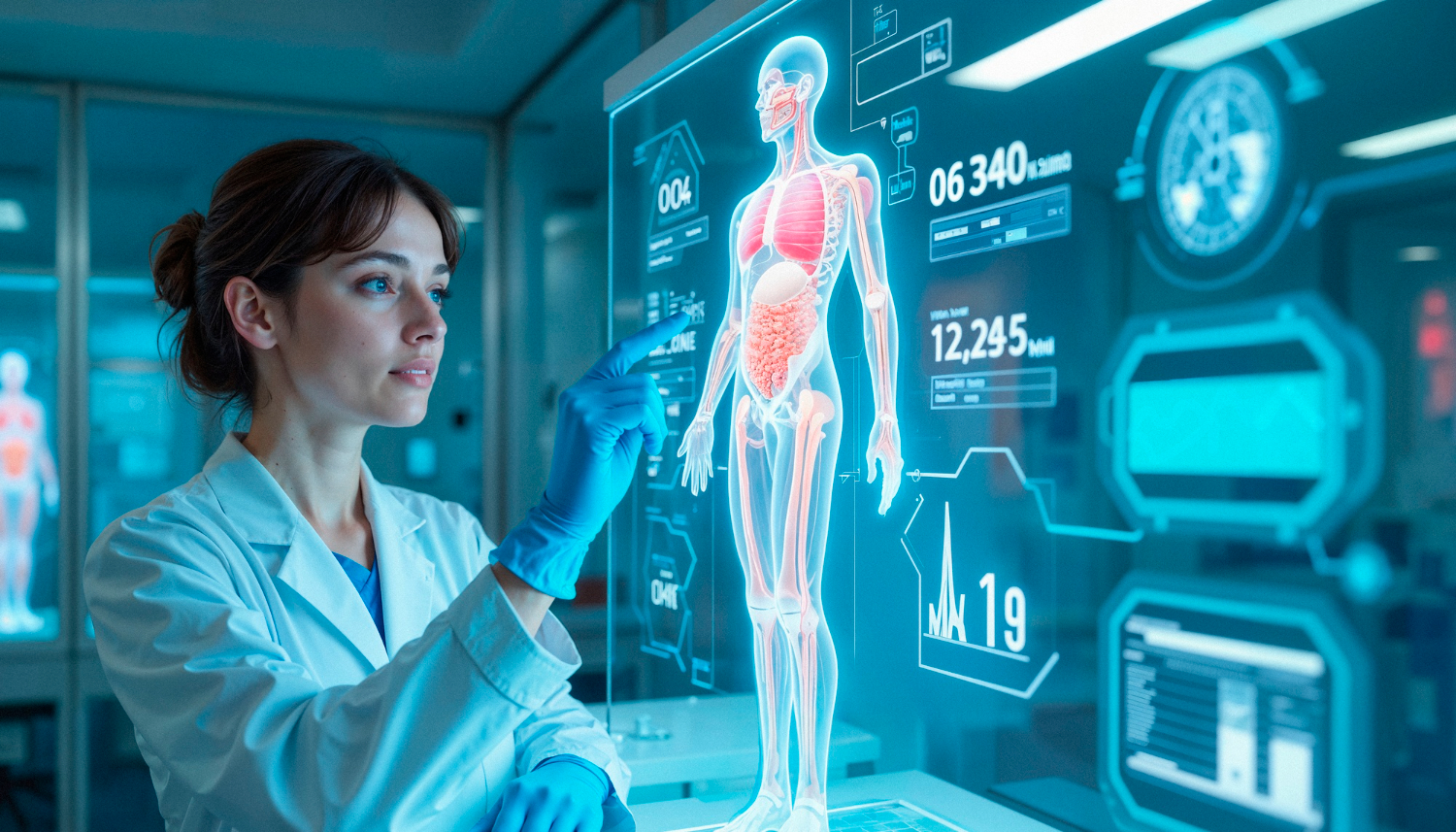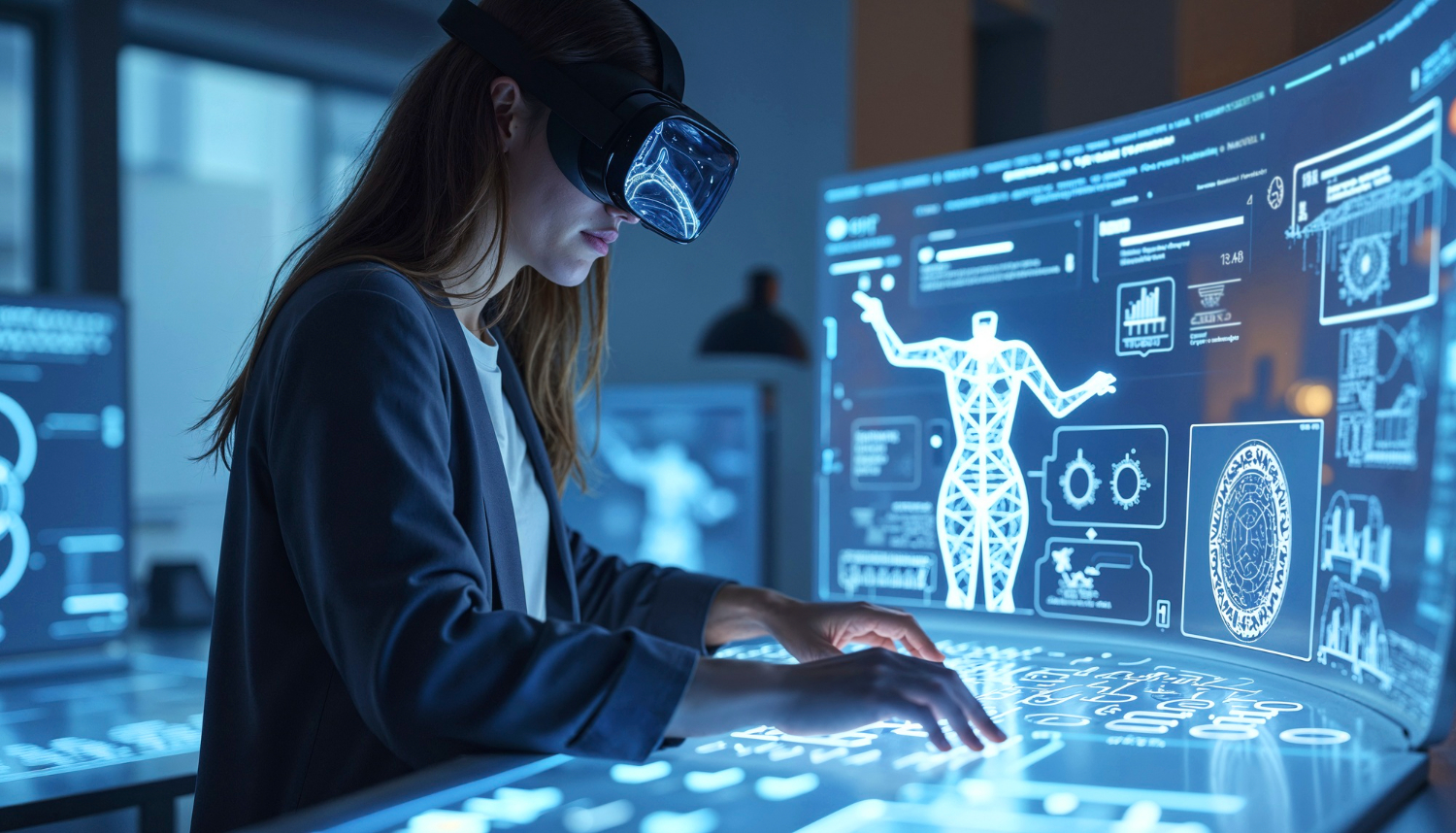Introduction
In 2010, global data volume was 1.2 trillion gigabytes; by 2020, it surged to 44 trillion gigabytes. This rapid growth strains storage, processing, and analysis in computer vision applications. Analysts project the global computer vision market will grow from $12.5 billion in 2021 to $32.8 billion by 2030.
Larger datasets and advanced deep learning models drive the demand for more efficient data pipelines. The rapid expansion of digital data makes efficient data management essential for scalable computer vision applications.
Ukraine has collected over 2 million hours of drone footage since 2022 to train AI models for military applications. Autonomous vehicles, surveillance, and industrial automation generate massive amounts of video data that require efficient processing. Unoptimised video pipelines lead to bottlenecks, increased latency, and higher costs. Implementing an effective optimisation strategy for data transmission is crucial for maintaining performance and scalability in real-time computer vision systems.
The Role of Bandwidth in Video Pipeline Efficiency
A well-optimised video pipeline ensures that data is transmitted efficiently without overwhelming the available network bandwidth. The term bandwidth describes the maximum rate at which data can transfer over an internet connection. Bandwidth needs go up a lot when using high-resolution video streams. Taking steps that improve data flow and reduce packet loss is important.
Bandwidth throttling happens when the network infrastructure cannot handle the volume of data that users transmit. This can lead to slow data transmission, buffering issues, and increased latency. By implementing adaptive bitrate streaming, efficient compression techniques, and prioritised data processing, organisations can optimise network bandwidth and ensure a smooth data flow.
Another challenge in large-scale video processing involves the amount of data that requires transmission in real time. As companies rely more on AI applications, they need to find ways to reduce unnecessary data transfer.
One way to do this is by using edge computing. This allows users to process data closer to where they create it. This reduces network congestion and enhances overall system efficiency.
One other key factor in managing computer vision pipelines is how efficiently systems transmit data across networks. Raw video streams often contain more information than needed. This can slow down processing and drive up network costs. Using filtering techniques before transmission helps reduce unnecessary load.
One effective method is to analyse which frames carry meaningful changes. Systems can skip static segments and only transmit data when motion or key activity occurs. This approach reduces the strain on both bandwidth and compute resources.
Some real-time applications also use systems that automatically adjust resolution based on bandwidth limits. These tools measure bandwidth in real time and decide how much data to send. If the network slows down, the system lowers the frame rate or quality without stopping the stream.
In distributed systems, adaptive transmission helps maintain speed even when several devices are active. Smart buffering and content prioritisation process important visuals first. This is useful in safety systems or traffic control, where delays are not acceptable.
Building flexible transmission layers is essential. It keeps pipelines fast while supporting a range of hardware and network types. Systems that measure bandwidth and adjust flow on the fly offer a solid way to optimise both cost and performance.
Common Inefficiencies in Computer Vision Video Pipelines
Unoptimised Encoding and Compression
-
Raw video data from high-resolution cameras, like 4K and 8K, creates enormous files. This increases the need for more bandwidth.
-
Inefficient compression leads to higher storage costs, bandwidth throttling, and slower model training and inference.
Redundant or Unnecessary Frame Processing
-
Many computer vision models analyse every frame, even when unnecessary, such as in static surveillance footage. This increases the amount of data that we must send.
-
This leads to wasted compute power and longer processing times, affecting real-time applications.
Inefficient Data Storage and Retrieval
-
Badly organised databases or missing frame-level indexing make data retrieval slow. This affects real-time decision-making and large-scale applications.
-
Large-scale datasets require efficient sharding and storage measures to meet bandwidth limits and prevent bottlenecks.
Suboptimal Preprocessing Pipelines
-
Inefficient resizing, cropping, or normalisation increases CPU/GPU load, slowing down data transmission and model inference.
-
Lack of an optimised video pipeline affects real-time performance in industries such as autonomous driving and medical imaging.
Network Latency and Data Transfer Bottlenecks
-
Cloud-based vision applications suffer from high latency because of slow network bandwidth.
-
Large, uncompressed video streams overload the internet connection, causing packet loss and increased transmission time.
Lack of Adaptive Processing Strategies
-
Some applications process video at full resolution and frame rate, even when lower quality would suffice.
-
Using adaptive methods like dynamic frame dropping and region-of-interest (ROI) processing improves network speed and efficiency.
How Optimisation Reduces Costs and Improves Computer Vision Performance
Efficient Compression and Encoding Techniques
-
Utilising frame differencing or smart compression algorithms (e.g., H.265, AV1) reduces bandwidth requirements while maintaining critical details.
-
Optimising video formats like WebP and JPEG-XL reduces storage needs. This is important for datasets used in model training and large applications.
Adaptive Frame Rate and Resolution Processing
-
Implementing dynamic frame skipping reduces the amount of data to be processed, lowering bandwidth limits and improving transmission efficiency.
-
ROI processing analyses only relevant areas of the frame, which reduces the amount of time required for inference.
Using Tools like FFmpeg and OpenCV for Preprocessing
-
Batch processing and multi-threading accelerate video decoding and transformation, optimising network bandwidth.
-
GPU-accelerated libraries (e.g., NVIDIA Video Codec SDK) enhance real-time video processing and data transmission.
Optimised Data Storage and Retrieval Strategies
-
Using binary storage formats (e.g., LMDB, Parquet) improves data retrieval speeds, reducing bottlenecks in video pipelines.
-
Indexing and sharding techniques mitigate supply chain inefficiencies when managing large-scale video datasets.
AI-Powered Video Pipeline Enhancements
-
Super-resolution upscaling enhances low-quality video for better feature extraction without increasing storage and bandwidth requirements.
-
AI-driven noise reduction and stabilisation improve data quality, reducing packet loss in transmission.
-
Efficient tracking algorithms (e.g., SORT, DeepSORT) eliminate redundant detections, reducing processing overhead.
Visit our Computer Vision page to see how TechnoLynx can support your next project
Case Study: Accelerating ADAS Video Processing by 15x Through Optimisation
A study on optimising computer vision-based Advanced Driver Assistance Systems (ADAS) focused on enhancing vehicle detection efficiency. Researchers applied multiple optimisations, achieving a 15x speed improvement, making real-time performance feasible on low-cost hardware.
Key Optimisations Included:
-
Algorithmic Refinement: Replacing computationally expensive operations with more efficient alternatives.
-
Parallel Processing: Leveraging multi-threading and hardware acceleration (SIMD, GPU) to optimise bandwidth usage.
-
Feature Extraction Optimisation: Reducing redundant computations and improving network speed for real-time performance.
-
Memory Management Improvements: Minimising bottlenecks caused by unnecessary data transfers and bandwidth throttling.
-
Pipeline Restructuring: Eliminating redundant processing steps for maximum efficiency.
These optimisations allowed the system to run in real time, making it viable for large-scale ADAS applications.
Conclusion: The Strategic Advantage of Video Pipeline Optimisation
Cost and Compute Efficiency
-
Reducing redundant processing, optimising storage, and implementing smart compression minimises infrastructure costs.
-
Addressing bandwidth limits and implementing efficient data transmission strategies prevent unnecessary network congestion.
Improved Model Performance
-
Cleaner, optimised video data leads to faster inference and more accurate predictions in real-time computer vision applications.
-
Reducing packet loss and improving transmission efficiency enhances model reliability.
Scalability and Future-Proofing
-
Efficient pipelines enable seamless scaling for large-scale datasets and real-time AI applications.
-
Addressing bandwidth throttling and improving network speed ensure future readiness for evolving AI demands.
Competitive Advantage
-
Faster, more efficient video processing allows businesses to deploy AI-driven solutions with lower latency and higher reliability.
-
Improved network bandwidth management ensures stable and consistent AI model performance.
Take Action Now!
Want to see the benefits in action? Request a demo and experience the impact of optimised video pipelines firsthand. Investing in video pipeline optimisation helps you save money, improve model performance, and gain a competitive edge.
Image generated by CoPilot.













